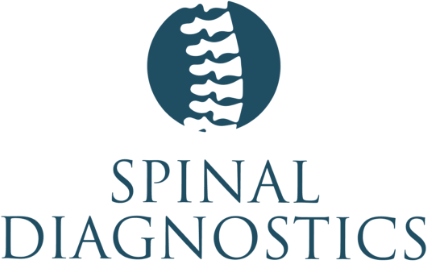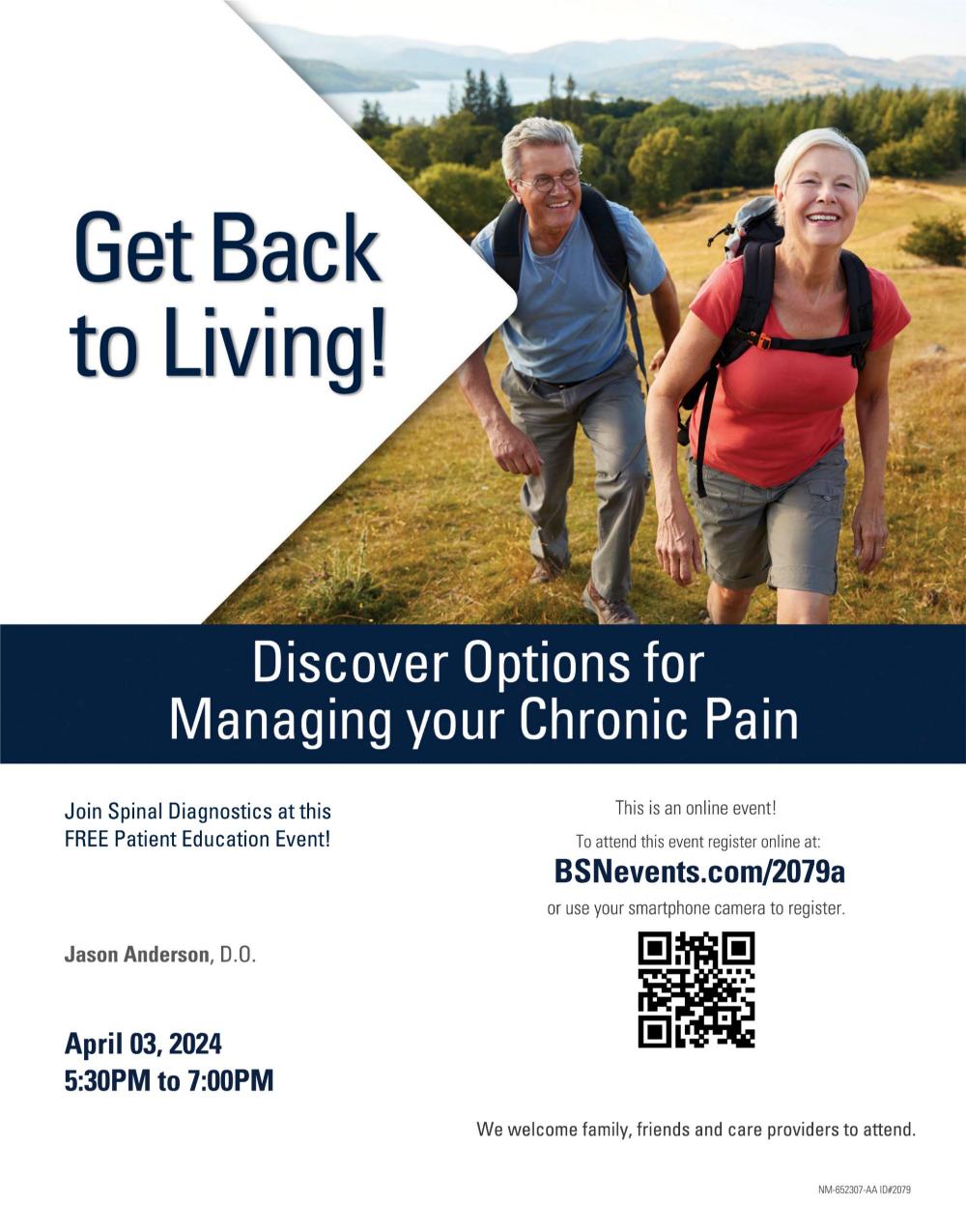When your body sustains damage in an injury or after surgery, recovery can be a long haul. For most, this patience is well rewarded as the body heals and the pain fades away. For the unfortunate few, complex regional pain syndrome can set in, making you even more miserable than before.
The team of pain management specialists here at Spinal Diagnostics has extensive experience with complex regional pain syndrome (CRPS), which is a highly complex and challenging problem — but not an impossible one. Here’s a look at what we know about CRPS and, more importantly, how we can help you find much-needed relief.
Complex regional pain syndrome most often develops after an injury or surgery to one of your limbs (arms, hands, and legs). It causes prolonged pain and inflammation in the area, often long after the wound has healed. While CRPS can be acute (less than six months), it can also turn into a chronic problem that can last for years.
The primary driver behind CRPS (more than 90% of cases) is trauma to your peripheral C-fiber nerve fibers. These nerve fibers, which are sensory and autonomic, lack protective myelin sheaths, making them vulnerable to damage. In turn, this nerve damage can lead to:
- Unprovoked pain (typically a burning sensation)
- Pins and needles
- Extreme sensitivity in the area of the damaged nerves
- Inflammation, which can trigger neighboring nerves
- Changes in skin temperature or color
- Swelling
- Abnormal nail and hair growth, as well as sweating, in the injured area
- Limited movement (stiffness)
Fractures are the most common cause of CRPS, though the condition can develop when your body experiences trauma, such as during a surgery.
In most cases of CRPS, the symptoms resolve themselves once the affected nerves grow back, but this can take time, often months.
This nerve growth can also be hampered by poor blood vessel health if the nerves that control the area’s blood flow are damaged.
As well, if you have a pre-existing condition like diabetes and peripheral neuropathy, your nerves may not be all that healthy, which means they are slower to grow back if they grow back at all.
As pain management specialists, our first goal is to relieve the discomfort that comes with CRPS, which we accomplish with:
- Anti-inflammatory medications
- Steroid injections
- Lidocaine patches
- Sympathetic nerve blocks
If you develop chronic CRPS that doesn’t respond well to conservative treatments, we may turn to more aggressive options, such as:
Another key aspect to overcoming CRPS is physical therapy. You can improve the blood flow to the damaged area through exercise, which will help enormously with nerve regrowth.
Please note that your treatment plan depends upon the extent of the nerve damage, your health, and how long you’ve had CRPS. Ultimately, the best way to get on the road to relief is to contact us at one of our two locations in Tualatin or Newberg, Oregon.





